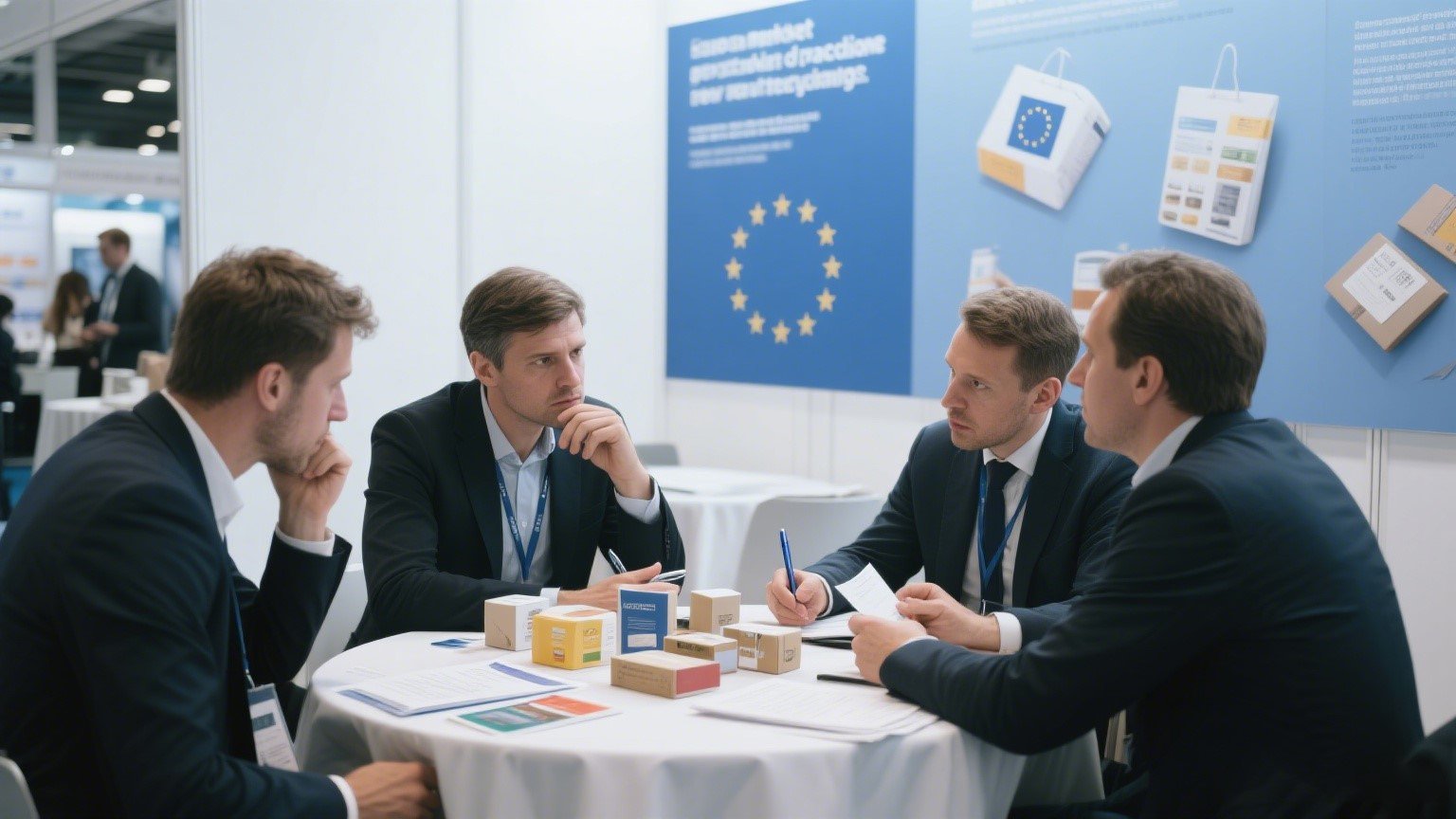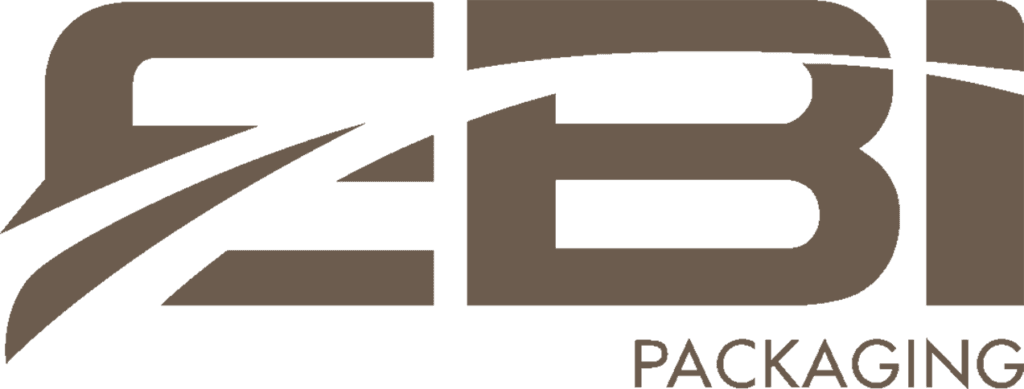業界規制を破る:2024年からEU市場で禁止されるプラスチックパッケージ

2025年1月22日、欧州理事会は「欧州連合(EU)憲章」を正式に採択した。 包装・容器包装廃棄物規制(PPWR)2026年8月12日に完全施行される。史上最も厳格な包装法」と呼ばれるこの法律の目的は、以下の通りである。 2040年までに包装廃棄物を15%削減する。 また、ライフサイクル管理を通じてプラスチック包装基準を見直す。
1. 禁止リスト6つのプラスチックパッケージが "死刑宣告 "を受ける
効果的 2030年1月1日EU市場では禁止されている:
使い捨てプラスチック製集合包装例えば、電子機器用シュリンク、飲料缶用フィルムなど;
1.5kg以下の生鮮食品のプラスチック包装果物ネット、野菜トレイ;
ホテル・ミニ・ボトルシャンプーサンプル、化粧品トライアルキット;
1回分の調味料小袋ケチャップ、砂糖、コーヒークリーマー;
超軽量バッグ厚さ15ミクロン以下;
PFASを使用した食品接触包装単一のPFAS化合物につき25ppbの制限値。
ケース:ホテル大手のアコーは、ミニボトルを壁掛けディスペンサーに置き換え、コスト削減を実現した。 年間1,600トンのプラスチック.
2. コンプライアンスのベンチマーク生存のしきい値
PPWRは段階的な目標を義務づけている:
リサイクル可能な段階:2030年までにグレードC、2038年までにグレードB(医療・危険包装は除外);
最低リサイクル率:
表:プラスチック包装の再生利用義務包装タイプ 2030 2040 飲料ボトル(PET) 30% 65% 食品接触 25% 50% その他のプラスチック 35% 65% 包装の最小化:ボイドスペース≤50%、フェイクボトム/厚い壁禁止
3. 中国のコンプライアンスの嵐:コスト高騰と技術革新
中国の輸出企業は3重の圧力に直面している:
技術的障壁:EUは消費者系廃棄物からのPCRプラスチックを要求しているが、中国には食品グレードの再生材料規制がないため、30%のコンプライアンス・コストが増加する;
認定のハードル:拡大生産者責任(EPR)、10年間のEU適合宣言、QRトレーサビリティ・ラベル;
コスト高騰:PPWRに準拠した包装は40%高く、非準拠の輸出品は25%の関税がかかる。
成功事例:東莞頂立峰のグラシン紙袋(生分解3~6ヶ月)は、顧客からのクレーム率を90%削減し、再購入を25%増加させた。
4. 産業界の "グリーン軍拡競争"
大手企業は、このような状況に対応している:
材料代替:
FDA準拠の香水キャップ用のバイオベースプラスチック(デュポン社のSURLYNなど);
木質パルプフィルムを使用した堆肥化可能なティーバッグ(2030年までに義務化)。
プロセス革新:
ラベル(日本ブランド)に代わるレーザー彫刻;
ドライクリーニングカレット技術(福建長城華星)、年間44万トンの水を節約。
循環経済統合:
ネスレの "iRecovery "プログラムは、5つのソフトプラスチックパックをリサイクルプランターと交換するもので、40%の回収率向上を実現した。
結論コンプライアンス遵守のプレーヤーが生き残り、イノベーターが支配する
PPWRは包装を「コストアイテム」から「バリューチェーン」へと変貌させる。エステローダーの再生ボトルが15%のプレミアムを獲得し、中国のグラシン紙袋が日本のベーカリーの注文の70%を確保するとき、この嵐はコンプライアンスだけでなく、グローバルサプライチェーンの再編成のシグナルとなる。中国のプラスチックリサイクル協会は次のように述べている: "プラスチックは汚染物質ではなく、今後10年間の誤った資源である"
